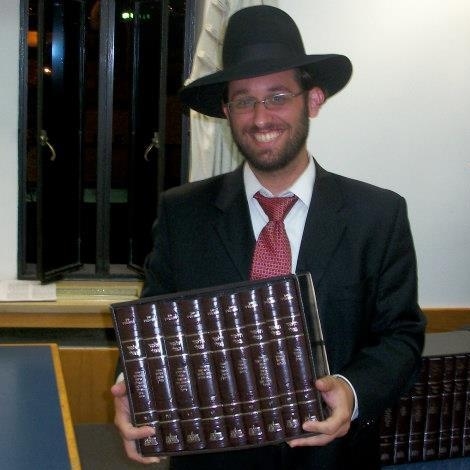Getting Familiar with Jewish Orthodox Garb Ahead Of Your Trip
May 18th 2015
When you arrive here in Israel, your perspective on Jewish identity is likely to get deeper and wider, as you come into contact with Jews from all walks of life and thriving, colorful subcultures. While most non-Orthodox Jews dress like anyone from a Western country, Ultra-Orthodox Jews are often notable for their distinctive black coats and fedoras.
However, even among this sector of Israeli society, it’s easy to overlook the existence of sub-sects, each with their own nuanced wardrobe norms. In fact, there are dozens of variations among Jewish Orthodox garb. For the purposes of this overview, let’s focus on just a few of the basic building blocks that constitute a distinctively Orthodox Jewish outfit.
What Israel’s Orthodox Jewish Women Wear
 Like the devout women of many faith traditions, Orthodox Jewish women dress modestly. In Israel, this means most Orthodox women and girls wear skirts, often long skirts, and not pants. Shirts will always have sleeves, often three-quarter-length sleeves or longer, even in the summer. And Orthodox women are careful to keep their necklines at or above the collarbone.
Like the devout women of many faith traditions, Orthodox Jewish women dress modestly. In Israel, this means most Orthodox women and girls wear skirts, often long skirts, and not pants. Shirts will always have sleeves, often three-quarter-length sleeves or longer, even in the summer. And Orthodox women are careful to keep their necklines at or above the collarbone.
The most distinctive aspect of dress for Orthodox Jewish women is the practice of covering their hair after marriage. A sizeable number of married Orthodox Jewish women wear wigs, which are not necessarily obvious to the casual observer. However, in Israel, it is exceedingly common to see women in headscarves, often colorful and tied with an artistic flair. As a result, decorative wraps are both inexpensive and widely available in Israel.
What Israel’s Orthodox Jewish Men Wear
 Like women, Orthodox men generally cover their heads, though for different reasons. You’re likely already familiar with the kippah, also called a yarmulke, which is everyday headgear for Orthodox and traditional Jewish men. The style and color of a kippah can signal the particular subset of Orthodox Judaism to which the wearer most closely subscribes. (Orthodox women do not wear kippot, although some non-Orthodox women do – you’re most likely to see a woman wearing a kippah at the Kotel or other holy sites.)
Like women, Orthodox men generally cover their heads, though for different reasons. You’re likely already familiar with the kippah, also called a yarmulke, which is everyday headgear for Orthodox and traditional Jewish men. The style and color of a kippah can signal the particular subset of Orthodox Judaism to which the wearer most closely subscribes. (Orthodox women do not wear kippot, although some non-Orthodox women do – you’re most likely to see a woman wearing a kippah at the Kotel or other holy sites.)
In some neighborhoods in Israel, most of the Orthodox men, and boys over the age of 13, wear black hats. Adherence to this custom generally signals alignment with community in which Torah study for men is of paramount importance. Of course, the most distinctive Jewish Orthodox garb you’ll see belongs to men in the Ultra-Orthodox communities. Chassidic and otherwise Ultra-Orthodox men wear long coats year round, often black, but occasionally gold or striped. The exact style of their coats, the length of their pants, the color of their socks and their hats are markers of the particular Chassidic community with which they identify.











